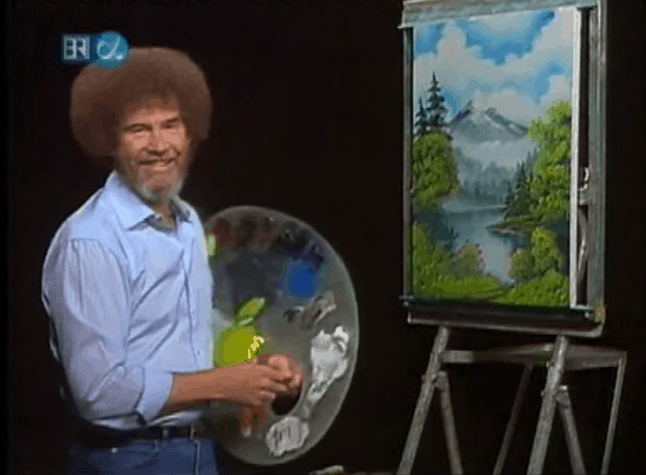Note from Tim: The Director, one of my beloved Slope Plus members and a frequent commenter here on the blog, got in touch with me and composed this post. He and I have been exchanging emails about having more of this kind of content on the site, and I’d be interested to hear what you have to say. Leave questions and remarks in the comments section, as always.
“The caribou feeds the wolf, but it is the wolf who keeps the caribou strong. ” – Eskimo saying
To build any shelter you must start with a foundation.
Here I intend to give you, the reader, a very basic outline (think Cliff Notes) of how to understand the language of options. Before doing this you cannot understand what any of the strategies are about without understanding the basic language and terms used in option trading.
The very first thing to understand about options is that they comprise something called extrinsic value and intrinsic value. An option is nothing more than a contract which gives the buyer of the option flexibility in the parameters they would like to use in terms of when and how they would like to trade an instrument. Stocks are black and white static photos, while adding options are like painting with Bob Ross…

So let’s start out with intrinsic value. Intrinsic value means the contract on which the option is based is inherently worth something. We can also exercise the option at anytime (for options on American stocks). Options can either have intrinsic value or have no intrinsic value.
Let’s describe an example. Let’s say our favorite stock, 100 shares of USO, was bought by you for $10.5 on Monday and now it’s 10.44. You want to protect your stock investment so you buy a protective put option. That means you can sell your USO shares at a guaranteed strike price, say $10. If the market price drops to $7, you can still sell your stock for $10. Your 1 put option contract will be worth $3 (for your 100 shares). The $3 is the intrinsic value of the put option.
Let’s say now you want to protect a short position. You’ve shorted GDXJ at 33.8 thinking it will drop nicely. Unfortunately it seems to be rising now at 35.2. Because you were smart and bought a protective call option, say $34, you can cover your short position at $34. The call option is worth $1.20 ($35.2-34). The $1.20 is the intrinsic value of the option.
I deliberately use these examples because options were originally designed as insurance.
Now let’s talk about extrinsic value. Extrinsic value is also known as time value. Because options expire, options have value in above and beyond simply intrinsic value. When one finds an option one loses extrinsic value like water melting off an ice cube because as time passes the value of that option becomes clearer and clearer and approximates closer and closer solely the intrinsic value of the option at expiration. Let’s look at this another way.

Why do we buy insurance? Because something bad can happen. Risk is the opposite of insurance with time value. At expiration there is no risk. At the expiration of an insurance contract, the insurance company knows exactly how much it will have to pay but does not get paid any more premium.
Time = Risk = extrinsic value.
This is not meant to be a comprehensive tutorial on how to learn options. For that you have to look at a basic primer on options.
One of these books includes the options playbook by Brian Overby over at Trade King. This is one of the best tutorial books out there and it’s also fun and easy to read. If options are something you want to learn I would go ahead and get this book (and I promise I don’t get a dime, it’s actually an extremely helpful book).
In my next post I’ll describe the basic elements of what comprise time value, and I hope to communicate this in a way that is easy to understand so that when we come into examples later for using options in your directional trades you will be fluent in the many colors of options.


